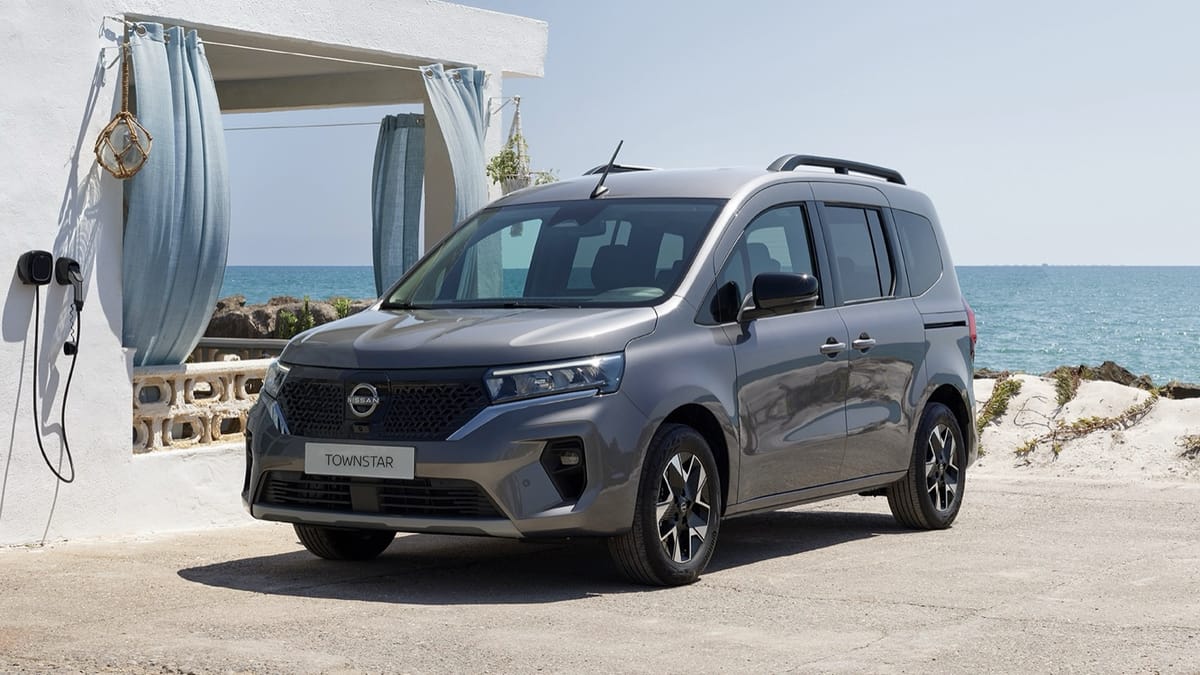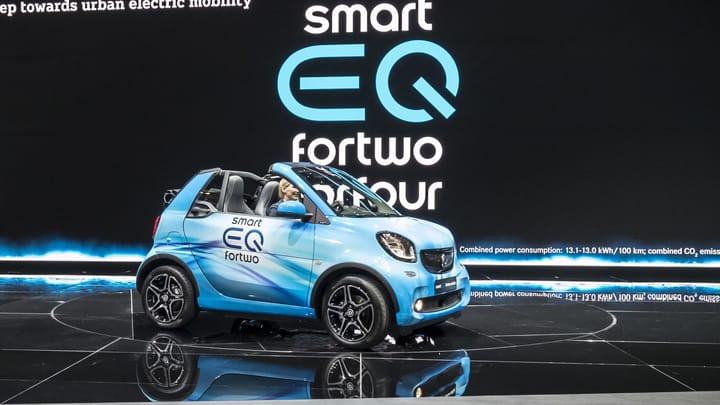Table Of Contents
Overview of Nissan Electric Vehicles
Nissan Townstar EV Lease Deals
Electric Vehicle Leasing and Charging Solutions
Nissan Townstar EV Features and Performance
FAQ
In the rapidly evolving world of electric vehicles (EVs), the Nissan Townstar EV emerges as a compelling option for those looking to make the switch to electric without sacrificing functionality or breaking the bank. This article delves into the best electric lease deals for the Nissan Townstar EV, comparing it with other brands, and exploring its features, performance, and the financial incentives available to potential lessees. Whether you're considering the Townstar for its eco-friendly credentials or its economic benefits, this guide provides essential insights.
TLDR
- Explore Nissan's electric vehicle models, including the ARIYA and LEAF, along with pricing and trim options.
- Discover the best Nissan Townstar EV lease deals, including comparisons with other brands and detailed lease options.
- Learn about charging solutions and partner services like Gridserve, as well as tools for calculating EV costs.
- Compare the Nissan Townstar EV's features and performance with competitors, highlighting its efficiency and driver assistance technologies.
Combating Decision Fatigue and Embracing Circular Economy in EV Leasing
In the journey towards sustainable transportation, the Nissan Townstar EV stands out not only for its eco-friendly credentials but also for the innovative strategies it embodies to combat decision fatigue and embrace the principles of the circular economy. Decision fatigue, a phenomenon where making too many decisions over time can impair one's ability to make further decisions, can be a significant barrier for potential EV lessees. The complexity of choosing the right lease deal, understanding charging solutions, and comparing features across different models can be overwhelming. To mitigate this, Nissan offers a streamlined decision-making process, prioritizing important decisions and providing clear, concise information. This approach not only conserves mental energy but also enhances the customer's decision-making experience.
Furthermore, Nissan's commitment to sustainability is evident in its adoption of circular economy principles. By focusing on reducing waste, reusing materials, and recycling resources, Nissan is not just selling cars but promoting a more sustainable lifestyle. For instance, the Nissan Townstar EV incorporates recycled materials in its construction and offers battery leasing options to extend the lifecycle of the vehicle and reduce waste.
"Incorporating circular economy principles, Nissan is not just advancing in the automotive industry but is also setting a precedent for sustainability." - Ellen MacArthur Foundation
By integrating these innovative strategies, Nissan not only offers a compelling product in the Townstar EV but also provides a blueprint for making environmentally responsible and psychologically sound decisions in the complex world of EV leasing.
-
Decision Fatigue Mitigation Strategies:
- Streamlined decision-making process
- Prioritization of important decisions
- Clear, concise information dissemination
-
Circular Economy Principles in Action:
- Use of recycled materials in vehicle construction
- Battery leasing options to extend lifecycle and reduce waste
These strategies and principles not only enhance the leasing experience but also contribute to a more sustainable and environmentally friendly approach to transportation. For more insights on combating decision fatigue and embracing circular economy principles, visit Ellen MacArthur Foundation.
FAQ
What is the main topic of the article?
The main topic of the article is not specified in the provided content. Please refer to the main article for specific details.
How can I access the full article?
To access the full article, you may need to visit the original publication's website or platform where the article was first published. If it's behind a paywall, you might need a subscription or purchase access.
Are there any key findings or conclusions mentioned in the article?
The key findings or conclusions are not mentioned in the provided content. For detailed insights, please refer to the full article.
Who is the target audience for this article?
Without specific details from the main article content, it's challenging to determine the exact target audience. However, articles are typically written for readers interested in the subject matter it covers.
Can I share this article on social media or with my peers?
The ability to share the article depends on its copyright and sharing policies set by the publisher. It's best to check the article's permissions or the publisher's guidelines before sharing.
Is there any follow-up content or related articles I can read?
Related content or follow-up articles may be available depending on the topic and the publisher. Often, publications suggest related readings at the end of an article or within their platform.
How can I cite this article for academic or research purposes?
To cite the article, you would typically need the author's name, publication date, article title, publisher, and the URL if it's an online source. The exact citation format (APA, MLA, Chicago, etc.) will depend on your requirements.
Are there any visual aids or supplementary materials included in the article?
The presence of visual aids or supplementary materials is not mentioned in the provided content. Such materials, if available, are usually highlighted within the article or listed in a separate section.
How can I provide feedback or get in touch with the author?
Feedback or contact with the author can often be facilitated through the publication's platform via comments, contact forms, or direct email if the author's contact information is provided.
Is there a subscription or membership required to access the full content?
Whether a subscription or membership is required is not specified in the provided content. This information can typically be found on the publication's website or at the beginning/end of the article.




